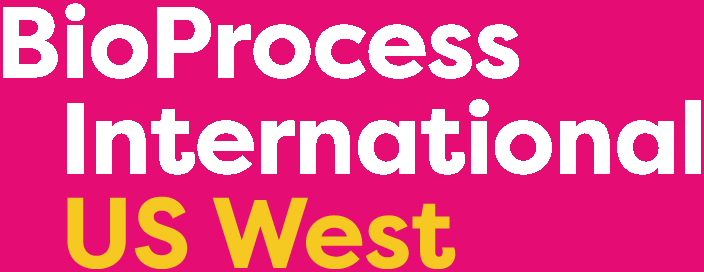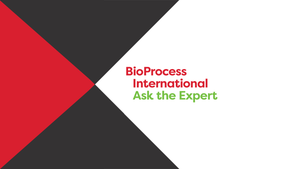
The California-based biopharmaceutical company reported a 2% year-on-year decrease in net sales from $681.2 million in 2023 to $667.5 million in 2024, owing to a “continued softness in the biopharma market.”
During the conference call, Jon DiVincenzo, chief operating officer (COO) of Bio-Rad, earmarked 2025 as “a stepping stone towards stronger profitable growth” for the company. “We are also encouraged with the increased activity in new programs,” the COO added, highlighting the company’s digital polymerase chain reaction (dPCR).
Moreover, Bio-Rad's C-suite emphasized the recent acquisition of dPCR developer Stilla Technologies to its portfolio.
“We've entered a binding offer to acquire Stilla Technologies, a move we believe will significantly complement our dPCR portfolio. Going forward, Stilla's Nio 7-color digital platform would enhance our product strategy in applied research and clinical diagnostics, allowing us to expand our offerings,” DiVincenzo said.
Through this acquisition, Bio-Rad gains Stilla’s dPCR systems to develop genetic tests and molecular assays for oncological tests, cell and gene therapies, organ transplant testing, infectious diseases, and food and environmental testing. The Boston, Massachusetts-headquartered Stilla has operations in Paris, France. The deal is expected to close by the end of the third quarter of 2025.
The acquisition was motivated by Stilla’s Nio product line, including the Nio E Crystal Digital PCR, the mid-level Nio instrument.
According to the firm, these products support a fully integrated dPCR workflow with 7-color detection for unparalleled multiplexing power and automation readiness with a standard Society for Biomolecular Screening (SBS) microplate format using the Ruby chip consumable. Nio E has a throughput of 48 samples per run, while the Nio increases the throughput to 192 samples. Additionally, Nio+ has a maximum throughput of 384 samples per run.
DiVincenzo described the platform as a "great product" and noted that Stilla lacked global reach. By integrating it into Bio-Rad's portfolio, the platform would have access to a worldwide market, in turn supporting the firm’s ambition to establish their presence high-end QPCR marketplace.
Roop Lakkaraju, chief financial officer (CFO), Bio-Rad added, “The Stilla platform allows us to compete where we don't participate today. So, from a competitive standpoint, it allows us to participate in a market we don't really compete in today.”
The firm bought Saber Bio, a development-stage platform firm using droplet technology for high-throughput discovery of novel antibodies and T-cell receptors, in a $30 million deal last year.
About the Author
You May Also Like






